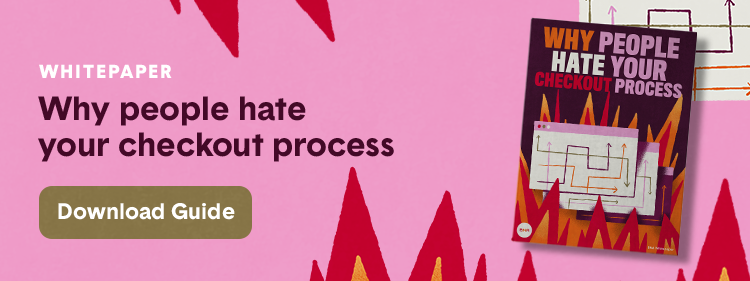Chargebacks are a cost of doing business. If you accept credit cards as payment, then you’ll inevitably get a chargeback or two (or two hundred). Some will be legitimate claims – perhaps you double billed the customer accidentally or you were a victim of credit card fraud. Others, though, will be cases of chargeback fraud – cases where customers are filing claims by mistake or to get their money back so they can get their merchandise for free.
In these types of cases, you should definitely fight back. You shouldn’t lose out on the cost of the transaction and the merchandise for fraudulent reasons.
Disputing a chargeback can ensure you get back the transaction amount that is rightfully yours while taking a stand against chargeback fraud. To win, though, you need to avoid common mistakes, like the ones described below.
1. Being slow
When you first learn about a new chargeback filed against your business, you're already behind in the process. By this point, the customer, the card-issuing bank, the card network, and your acquiring bank are all aware of the claim. The banks have likely already started their own investigations.
Not to mention, each claim has a set of time frames. You must abide by these deadlines or risk losing your case.
So, time is of the essence. There’s no time to lose. If you plan to fight a chargeback, start gathering your evidence right away or it might be too late.
2. Having poor recordkeeping
Small businesses in particular often struggle with poor recordkeeping. Being disorganized isn’t great for business in general but it can be detrimental in the chargeback process.
Why?
The best way to win your case is to find and submit compelling evidence proving the case is illegitimate. You can’t do that if you can’t find sales receipts or signed invoices, if you don’t keep track of delivery confirmation notices, and if your contracts are in disarray.
You may not find enough evidence to prove your case, or it might take you so long to find it that you miss the deadline for submission.
3. Not understanding reason codes
Every card network has its own set of chargeback reason codes. The credit card company issues a code to every chargeback to explain why the customer filed it.
There are dozens of different reason codes. They vary per card network. And some are way more straightforward than others.
If you don’t fully understand the reason code the case has been applied, do your research before disputing it. This can give you the leverage you need to win your case. It’ll help you gather the right evidence, and it can also offer insight into the reason codes that are commonly used as a disguise when the chargeback is illegitimate.
For example, a “merchandise not received” reason code could be associated with a lost package in the mail, but it could also be used when a customer is cyber shoplifting. In this case, gathering evidence of a delivery confirmation and customer signature would be key to winning the case.
4. Using the first rebuttal letter template you find online
Using a rebuttal letter template is a great idea – it gives you the guidance you need to ensure you’ve covered all your bases, used the right language, and added all relevant information. What you might not realize is that different card networks tend to prefer some types of rebuttal letters over others.
Do some research into the different templates before you start writing your letter to determine the right one to use.
5. Not proofreading your rebuttal letter
The success of your case hinges on your rebuttal letter.
Is it clear enough?
Is it convincing enough?
Is it concise enough?
If you haven’t had much experience with rebuttal letters, it pays to get a second pair of eyes on it. The rebuttal letter shouldn’t be long or rambling. It shouldn’t be negative or emotional. It should lay out the facts and the evidence in a clear and convincing way. And it should be professional.
It’s important to remember that the bank representative who will be reading the letter and making a determination is a person just like you. In this person’s eyes, an unprofessional, sloppy letter makes you look bad. It might just lose you the case.
You can’t prevent every chargeback, but sometimes you can dispute them to get your money back.



